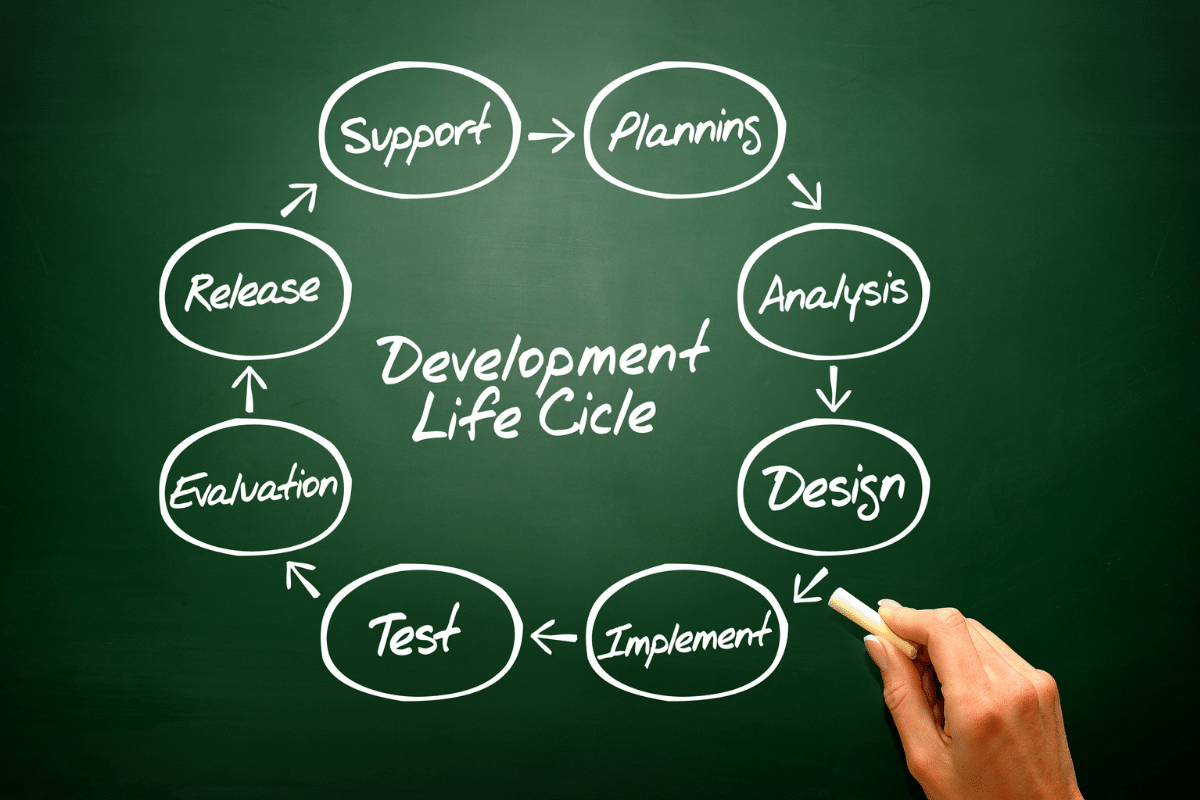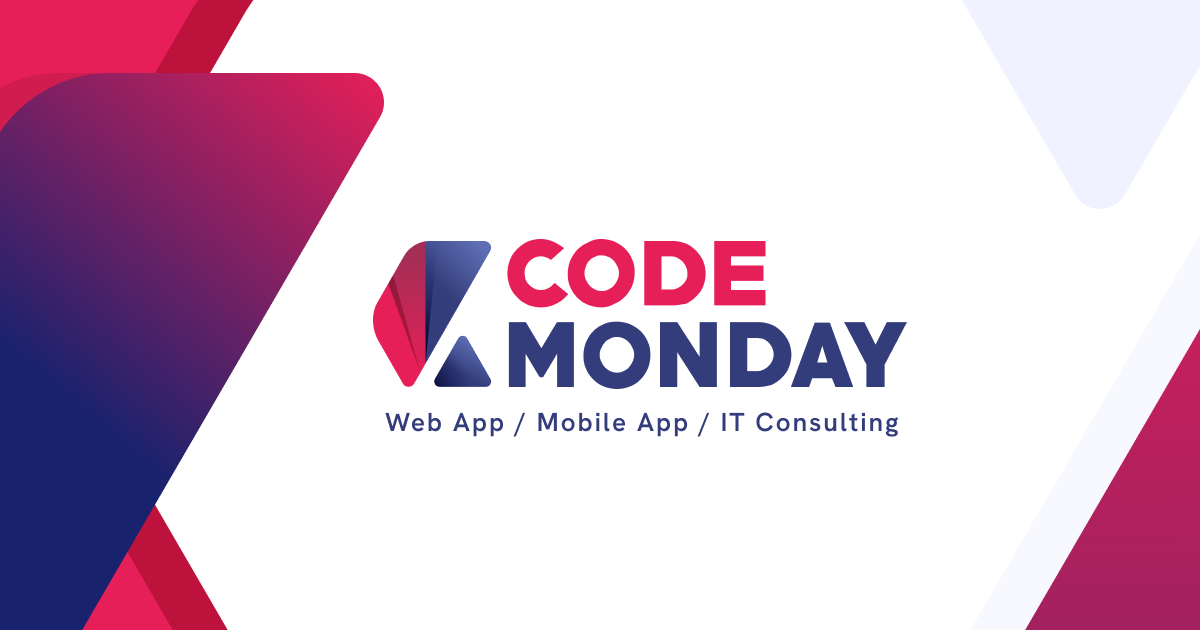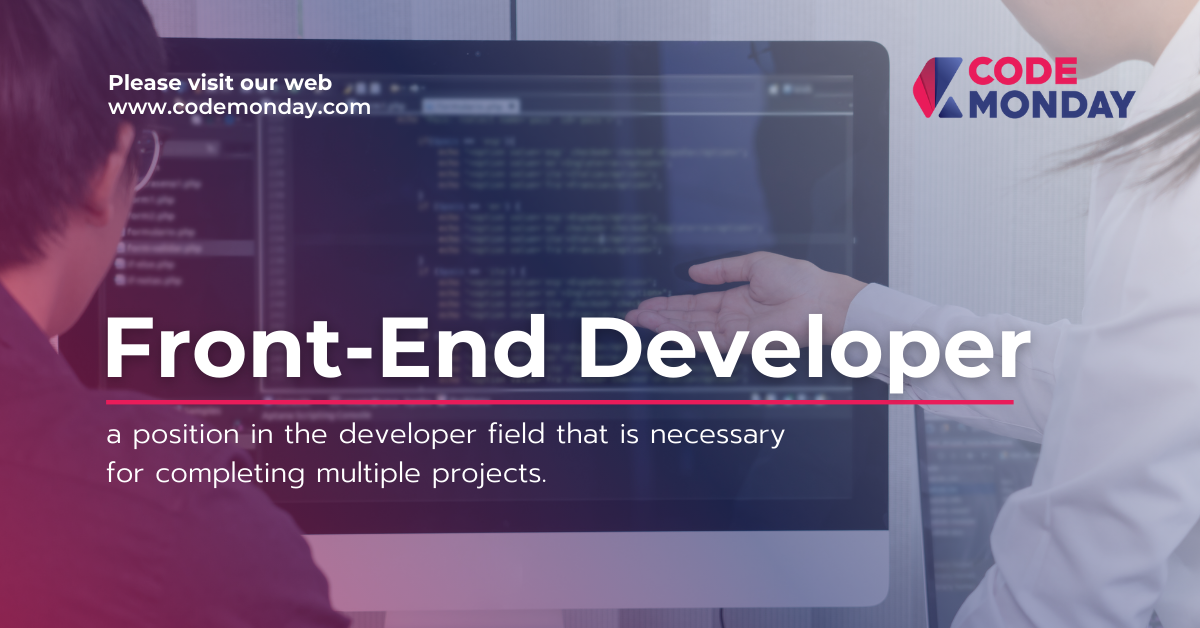
Software Development Life Cycle (SDLC)
Have you ever wondered how software goes from an idea to a fully functional product? In this blog post, we'll take you on a journey through the Software Development Life Cycle (SDLC), breaking down each step to make it easy to understand. So, let's dive in and explore the fascinating world of software development!
What is The Software Development Life Cycle ?
So, what exactly is the Software Development Life Cycle (SDLC)? It's basically a structured process that guides the progress of software from its initial development phase to its completion. It's all about making detailed plans for how the software will be developed, maintained, replaced, and enhanced. The SDLC sets the standards for both software quality and the overall development process.

Step 1: Gathering and Analyzing Requirements
The first step in any project is to analyze what the client needs. This involves the team leaders and development experts looking at the information provided by the client. We use this data to plan how the software should be made.
During this phase, we talk to the clients and end-users to get all the details we need for the software. These details tell us what the software should do and what features it should have.
Step 2: Planning and Specifying
Once we understand the requirements, we write down clear specifications for the product. Both the client and the development team review and approve these specifications. We put them in a Software Requirement Specification (SRS) document, which lists all the things the product needs to have.
In this phase, we also decide on the scope, timeline, budget, and resources needed for the project. The project managers and stakeholders set clear goals and objectives.
Step 3: Designing the Product
The SRS is like a guide for the design team. They use it to come up with different design options for how the product will work. These options are written down in a Design Document Specification (DDS). Everyone involved takes a good look at the DDS, considering things like risks, budget, and time constraints. Once we decide on the best approach, we start developing the product.
Step 4: Developing the Product
This is where we actually start building the software. We write the code based on the specifications in the DDS. If the design process is well-planned, coding should go smoothly. The programming language we use depends on the type of software we're making, and we use tools like compilers, interpreters, and debuggers to implement it.
Step 5: Testing the Product
Testing is a really important part of the whole process. We test the software at every step to make sure it meets the requirements in the SRS. We report any issues we find, fix them, and retest until everything is up to standard. Quality assurance and testing are key to making sure the software works properly and does what it's supposed to do.
Step 6: Maintain the Product
Once the software passes all the tests, we're ready to start using it. We might try it out with a small group of users in a real-world setting (UAT - User Acceptance Testing). We get feedback from them and use it to make further improvements. We also keep maintaining the software to fix any problems, address any issues, or add updates. This step is all about making sure the software stays reliable and up-to-date.

Choosing an SDLC Model
The choice of an SDLC model depends on project requirements and organizational preferences. Some projects may benefit from a structured, step-by-step approach like the Waterfall Model, while others may require the flexibility of Agile methodologies. The key is to select the model and level of progress that best suits the project's needs.The commonly used models include:
Waterfall Model
This model is used for projects with distinct and well-defined phases, including requirement gathering, design, implementation, testing, deployment, and maintenance. Each phase must be completed before moving on to the next, and changes can be challenging once a phase is completed.
Agile Model
This model involves iterative and incremental software development, emphasizing collaboration, customer feedback, and delivering small increments of functionality known as "sprints."
Iterative Model
In this model, development occurs through a series of iterations, each involving steps like requirements, design, implementation, and testing. After each iteration, the software is developed and improved based on feedback, and new features are added in subsequent iterations.
Spiral Model
The Spiral model combines elements of both the Waterfall and Iterative models. It involves cycles of planning, risk analysis, engineering, testing, and evaluation. It's particularly beneficial for large and complex projects with changing requirements.
V-Model (Validation and Verification Model)
An extension of the Waterfall model, the V-Model emphasizes the relationship between testing and development. Each development stage has a corresponding testing phase, ensuring testing activities are integrated with the development process.
RAD (Rapid Application Development)
The RAD model focuses on gathering user feedback and quickly developing the software based on that feedback. It's suitable for projects requiring extensive user involvement and immediate adjustments.
DevOps
DevOps is an operational approach that emphasizes continuous testing, improvement, and feedback loops in software development. It focuses on automating testing processes, making small incremental improvements, and analyzing data for continuous development and testing.
Big Bang Model
The Big Bang model is an unconventional approach where development starts without a formal plan. Changes are made as necessary until the software is considered complete.
Incremental Model
The Incremental model involves breaking the software into smaller manageable parts called "increments." Each increment is developed and tested independently, and new increments are added until the software is complete.
Selecting the appropriate SDLC model is crucial for the success of any software development project. Each model that matches project requirements and organizational preferences ensures a smoother and more effective development process.
Anyone who works on software development projects needs to understand the Software Development Life Cycle. It provides a clear stages/steps for turning concepts into functional products. By selecting the right SDLC model, you can optimize the development process for your specific project needs. Happy developing!

Recommended for you












